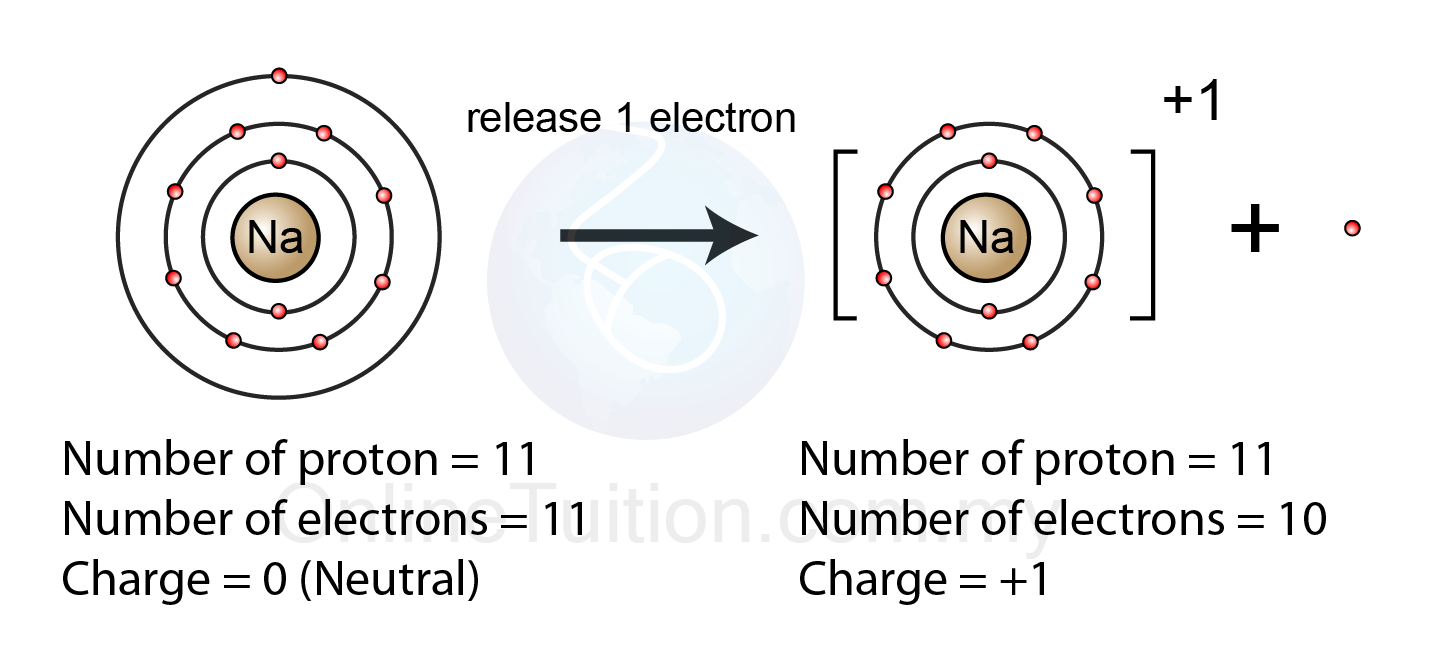When it comes to the basic building blocks of matter, the elements in the periodic table are categorized based on their properties and behaviors. One intriguing aspect of these elements is their ability to form positive ions, also known as cations. Cations are atoms or molecules that have lost one or more electrons, resulting in a net positive charge. This phenomenon is crucial in various chemical reactions, electrical conductivity, and the formation of compounds. Understanding what elements form positive ions is fundamental to grasping the principles of chemistry and how substances interact with one another.
In the world of chemistry, the behavior of elements is largely dictated by their electronic configuration. Elements that readily lose electrons and form positive ions tend to be metals, and they often belong to specific groups on the periodic table. The tendency of an element to lose electrons and form a cation is influenced by several factors, including ionization energy, electronegativity, and atomic size. This article will explore the various elements that form positive ions, delving into their characteristics and the underlying principles that govern their behavior.
By examining the elements that can form positive ions, we can gain insights into their roles in different chemical processes and applications. From the way metals react in batteries to the formation of ionic compounds in everyday life, the study of cations is both fascinating and essential. Let's dive deeper into the world of positive ions, exploring the specific elements that exhibit this behavior and the reasons behind their ionic formations.
What are Positive Ions?
Positive ions, or cations, are atoms or molecules that have lost one or more electrons. This loss of electrons results in a net positive charge. Cations play a significant role in chemical reactions, particularly in the formation of ionic compounds, where they pair with negatively charged ions (anions). The process of forming cations is essential for understanding various chemical phenomena, including electrical conductivity and reactivity.
Which Elements are Most Likely to Form Positive Ions?
Metals are the primary elements that tend to form positive ions. The following groups of elements are particularly known for their ability to lose electrons and form cations:
- Alkali Metals: These elements, found in Group 1 of the periodic table (such as lithium, sodium, and potassium), have a single electron in their outer shell, making them highly reactive.
- Alkaline Earth Metals: Located in Group 2 (including magnesium, calcium, and barium), these elements have two electrons in their outer shell and readily form cations by losing these electrons.
- Transition Metals: Found in the middle of the periodic table, many transition metals can lose different numbers of electrons, resulting in multiple possible cations.
- Post-Transition Metals: Elements like aluminum and tin can also lose electrons to form positive ions.
What Factors Influence the Formation of Positive Ions?
The formation of positive ions is influenced by several key factors:
- Ionization Energy: This is the energy required to remove an electron from an atom. Elements with low ionization energies lose electrons more easily, making them more likely to form cations.
- Electronegativity: Elements with low electronegativity tend to lose electrons rather than gain them. Metals generally have low electronegativity values.
- Atomic Size: Larger atoms have electrons that are farther from the nucleus, making it easier for them to lose these electrons and form positive ions.
How Do Positive Ions Affect Chemical Reactions?
Positive ions play a crucial role in chemical reactions, especially in ionic bonds. When a cation interacts with an anion, the electrostatic attraction between the opposite charges leads to the formation of ionic compounds. These compounds exhibit distinct properties, such as high melting and boiling points, electrical conductivity in molten or dissolved states, and solubility in water.
What Are Some Common Examples of Positive Ions?
Here are some common positive ions and their corresponding elements:
| Ion | Element | Charge |
|---|---|---|
| Na+ | Sodium | +1 |
| K+ | Potassium | +1 |
| Mg2+ | Magnesium | +2 |
| Ca2+ | Calcium | +2 |
| Fe2+ | Iron | +2 |
| Al3+ | Aluminum | +3 |
How Are Positive Ions Used in Everyday Life?
Positive ions are prevalent in many aspects of daily life, including:
- Electrolytes: Cations such as sodium and potassium are vital for maintaining proper cellular function in living organisms.
- Batteries: Lithium ions are used in lithium-ion batteries, which power many electronic devices.
- Water Softening: Calcium and magnesium ions can be removed from hard water through ion exchange, resulting in softer water.
How Do Positive Ions Contribute to Electrical Conductivity?
Electrical conductivity is a vital property of materials, allowing for the flow of electric current. Positive ions contribute to this process in several ways:
- Ionic Solutions: When ionic compounds dissolve in water, they dissociate into cations and anions, allowing for the conduction of electricity.
- Electrolytic Cells: In these systems, positive ions migrate toward the cathode during electrolysis, facilitating chemical reactions.
Conclusion: What Elements Form Positive Ions?
In summary, understanding what elements form positive ions is crucial for grasping fundamental concepts in chemistry. The behavior of metals, particularly alkali and alkaline earth metals, plays a significant role in the formation of cations. Factors such as ionization energy, electronegativity, and atomic size influence this behavior and, in turn, the chemical properties of substances. Positive ions are integral to numerous chemical processes and applications, making their study an essential aspect of chemistry.


